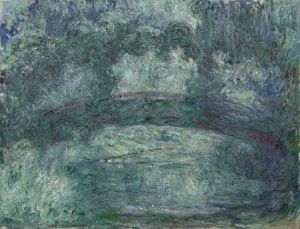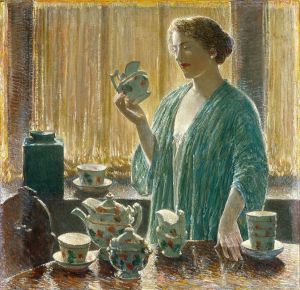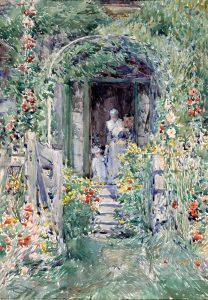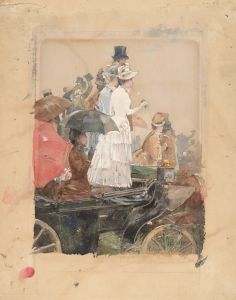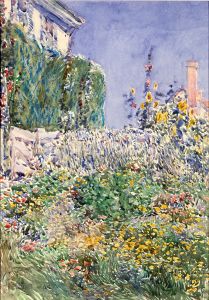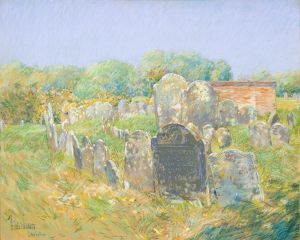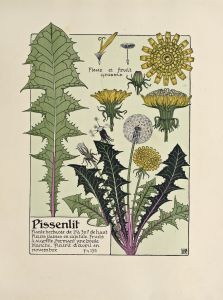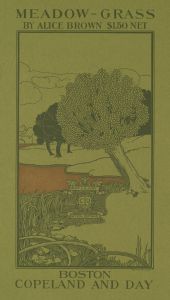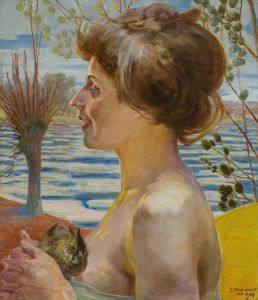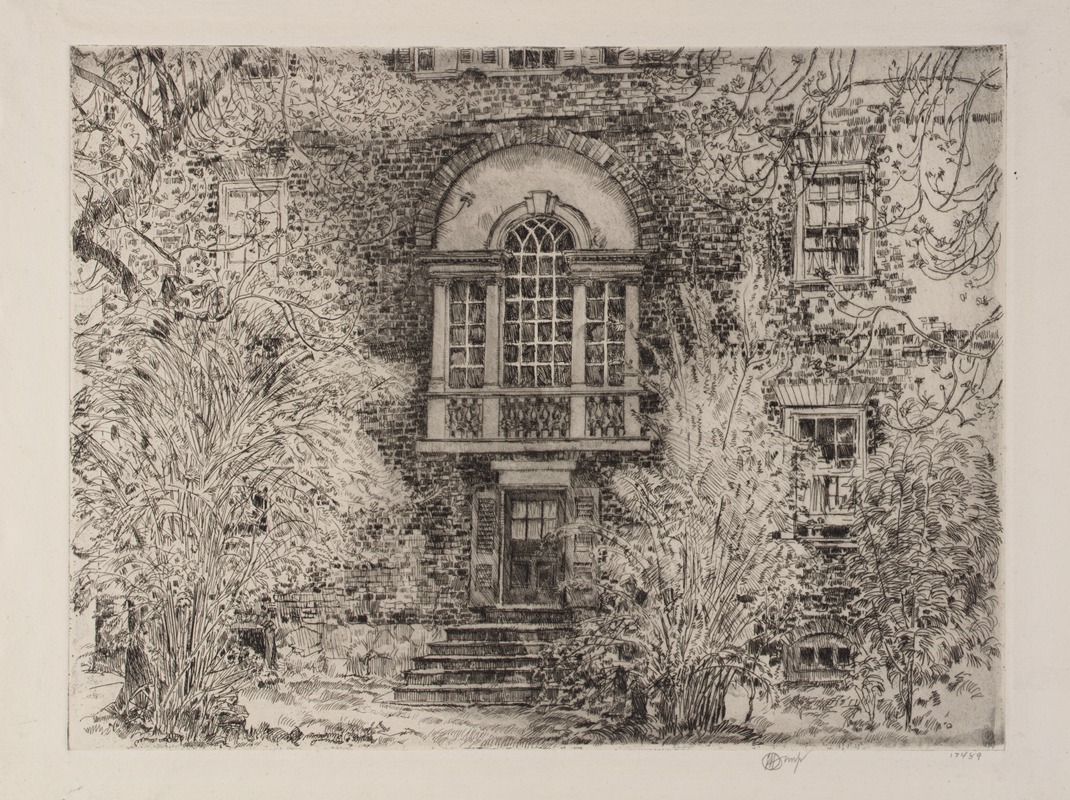
Spring in Annapolis
A hand-painted replica of Childe Hassam’s masterpiece Spring in Annapolis, meticulously crafted by professional artists to capture the true essence of the original. Each piece is created with museum-quality canvas and rare mineral pigments, carefully painted by experienced artists with delicate brushstrokes and rich, layered colors to perfectly recreate the texture of the original artwork. Unlike machine-printed reproductions, this hand-painted version brings the painting to life, infused with the artist’s emotions and skill in every stroke. Whether for personal collection or home decoration, it instantly elevates the artistic atmosphere of any space.
"Spring in Annapolis" is a painting by the American Impressionist artist Childe Hassam, created in 1920. Childe Hassam, whose full name was Frederick Childe Hassam, was born on October 17, 1859, in Dorchester, Massachusetts, and he became one of the leading figures of American Impressionism. His works are known for their vibrant light and color, capturing the essence of the American landscape and urban scenes.
"Spring in Annapolis" exemplifies Hassam's mature style, characterized by his loose brushwork and keen attention to the effects of light. The painting depicts a serene spring day in Annapolis, Maryland, the state capital known for its historic architecture and maritime heritage. Hassam's choice of Annapolis as a subject reflects his interest in capturing quintessentially American scenes, often focusing on the interplay between natural beauty and human-made structures.
In "Spring in Annapolis," Hassam employs a palette dominated by soft greens, blues, and whites, evoking the freshness and renewal associated with springtime. The composition likely includes elements such as blooming trees, historic buildings, and possibly figures enjoying the pleasant weather, though specific details of the painting's content are not widely documented. Hassam's technique involves short, brisk brushstrokes that create a sense of movement and liveliness, a hallmark of the Impressionist style.
Hassam was a prolific artist, producing over 3,000 paintings, watercolors, etchings, and lithographs over his career. He was heavily influenced by his time in Europe, particularly his exposure to French Impressionism during his stay in Paris from 1886 to 1889. Upon returning to the United States, Hassam adapted the Impressionist techniques he had learned to American subjects, becoming a key figure in the American Impressionist movement.
"Spring in Annapolis" is part of Hassam's broader body of work that includes urban scenes, coastal views, and rural landscapes. His ability to capture the transient effects of light and atmosphere made his works highly sought after during his lifetime and continues to be appreciated by art collectors and historians today.
Hassam's contributions to American art were recognized with numerous accolades, including his election to the National Academy of Design and the American Academy of Arts and Letters. His works are held in major museums across the United States, including the Metropolitan Museum of Art, the Art Institute of Chicago, and the Smithsonian American Art Museum.
"Spring in Annapolis" remains a testament to Hassam's skill in rendering the beauty of the American landscape through the lens of Impressionism. The painting not only reflects the artist's technical prowess but also his deep appreciation for the natural and built environments of the United States.







